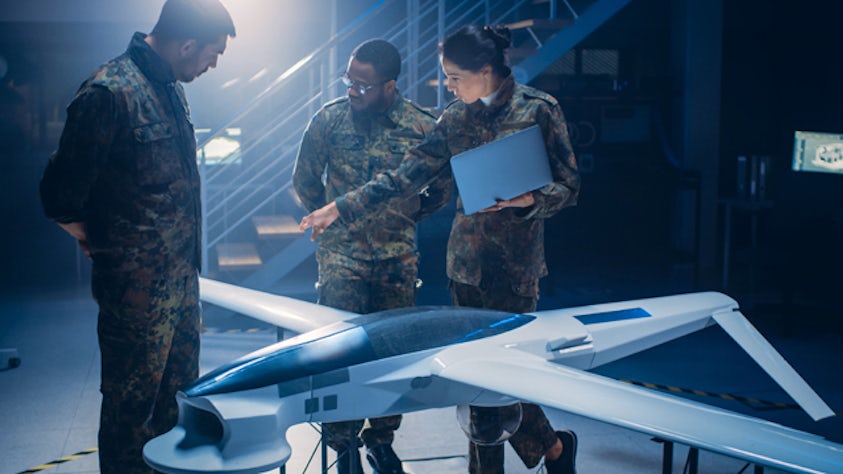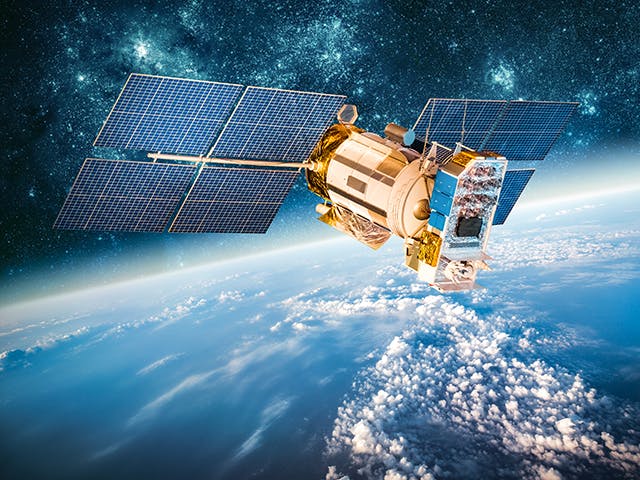La metodología de ingeniería de misión permite a las empresas orquestar programas altamente técnicos de manera más eficiente y efectiva. Los principios de la ingeniería digital deben utilizarse cuando se lleva a cabo la ME para gestionar el desarrollo de sistemas complejos en relación con objetivos críticos. Esta metodología es un complemento natural de la ingeniería de sistemas basada en modelos (MBSE). En la Guía de Ingeniería de Misiones, el Departamento de Defensa de los Estados Unidos explica que la metodología de ingeniería de misiones opera en tres ejes: tiempo, complejidad y rigor analítico. El documento identifica varias preguntas que se utilizan para clarificar los objetivos en el proceso de EM:
- ¿Cuál es la misión?
- ¿Cuáles son sus límites y cómo debe interactuar con otras misiones?
- ¿Cuáles son sus medidas de desempeño?
- ¿Cuáles son las brechas de capacidad de la misión?
- ¿Cómo pueden las nuevas capacidades cambiar la forma en que luchamos?
- ¿Qué significan los cambios en las capacidades o los sistemas para las misiones y las arquitecturas?
- ¿Cuál es la sensibilidad del desempeño de la misión al desempeño de la tecnología, los productos y las capacidades constituyentes? ¿Cuál es la mejor manera de integrar o reemplazar los sistemas heredados las nuevas capacidades? ¿Y cómo optimizamos ese equilibrio para proporcionar las capacidades integradas más letales y asequibles para cualquier misión en particular?
¿Qué soporta una plataforma de ingeniería de misión?
Una plataforma de ingeniería de misión es beneficiosa tanto para ME como para la ingeniería de sistemas. ME fluye bien con los métodos de ingeniería de sistemas utilizados para definir el sistema que cumple con las necesidades de la misión. Ambas disciplinas comparten métodos y taxonomía similares, una centrada en la definición de la misión y la otra en la definición del sistema.
Según el Departamento de Defensa de los Estados Unidos, "ME es el subelemento técnico de la gestión de la integración de la misión que proporciona productos de ingeniería para informar el proceso de requisitos, guiar prototipos, proporcionar opciones de diseño e informar las decisiones de inversión". Una plataforma de ingeniería de misiones apoya a las partes interesadas "en la formulación de enunciados de problemas, la caracterización de misiones, la identificación de métricas de misiones y el uso de modelos para analizar misiones".
¿Se utiliza la ingeniería de misión fuera de las operaciones de defensa?
La ingeniería de misiones se originó como una subdisciplina de la ingeniería de sistemas dentro del Departamento de Defensa de los Estados Unidos. Desde que se formalizó a mediados de la década de 2010, su práctica y adopción se han expandido a industrias más allá de las operaciones de defensa. Debido a que es una metodología beneficiosa para las empresas que posicionan productos en el contexto de problemas operativos complejos y en evolución, ME continúa ganando terreno entre los ingenieros de sistemas en organizaciones con y sin vínculos con la industria de defensa.

